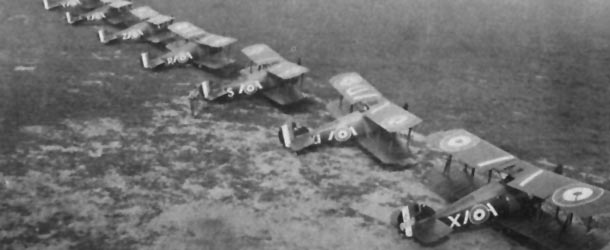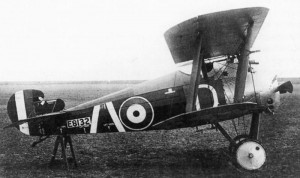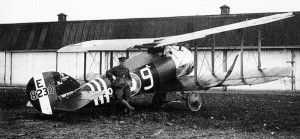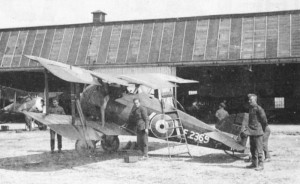Following the Fokker D.VII, our series of preview articles about the new aircraft featured in the WW1 Wings of Glory Airplane Packs continues with the Entente single-seat biplane, the Sopwith Snipe.
The Sopwith Snipe was a British single-seat biplane fighter in the Royal Air Force (RAF). It evolved from the successful war-winning Sopwith Camel design. It was designed and built by the Sopwith Aviation Company during the First World War and entered squadron service a few weeks before the end of that conflict, in late 1918.
The Snipe was not a fast aircraft by the standards of its time, but it had an excellent climb rate and extreme maneuverability, making it a good match for contemporary German fighters. It was selected as the standard postwar single-seat RAF fighter and the last examples were not retired until 1926.
In April 1917, Herbert Smith, the chief designer of the Sopwith Company, began to design a fighter to replace the Sopwith's most famous aeroplane, the successful Sopwith Camel.
The Snipe was, in its initial form, a single-bay biplane. Slightly smaller than the Camel and intended to be powered by similar engines, the pilot would sit higher than in the Camel, while the centre-section of the upper wing was uncovered to provide a better view from the cockpit. The aircraft would be armed with two Vickers machine guns.
After two prototypes, the second with the new and powerful Bentley BR.2 engine providing 230 horsepower, an official contract for six prototypes was placed, while a third and decisive prototype was prepared. The third prototype to fly, serial number B9965, had modified wings, a smaller tail, a wider center-section with a smaller cutout for the pilot, and a fully circular section of fuselage.
It was officially tested in December 1917, reaching a speed of 119 mph (192 km/h). It was rebuilt with longer-span (30 ft (9.14 m)) two-bay wings (compared with the 25 ft 9 in (7.85 m) single bay wings). This allowed the Snipe to compete for Air Board Specification A.1(a) as a high-altitude single-seat fighter. This specification required a speed of at least 135 mph (225 km/h) at 15,000 ft (4,573 m) and a ceiling of at least 25,000 ft (7,620 m) while carrying an armament of two fixed and one swiveling machine gun. An oxygen supply and heated clothing were provided for the pilot to aid operation at high altitude.
The Snipe was evaluated against the Austin Osprey triplane, the Boulton & Paul Bobolink, and the Nieuport B.N.1. The Sopwith was selected for production, with orders for 1,700 Snipes placed in March 1918.
In spite of its heavy structure, the Sopwith Snipe was very maneuverable and much easier to handle than the Camel, with a superior view from the cockpit (especially forward and upward). The Snipe also had a superior rate of climb and much better high-altitude performance compared to its predecessor, allowing it to fight Germany's newer fighters on more equal terms. Further modifications were made to the Snipe during the war and post-war.
The Snipe began production in 1918, with more than 4,500 ordered. Production ended in 1919, with just under 500 built (the rest cancelled due to the end of the war). There was only one variant, the Snipe I, with production by several companies.
The first squadron to equip the new fighter was No. 43 Squadron, based at Fienvillers, France, which replaced its Camels with 15 Snipes on 30 August 1918. After spending much of September training, it flew its first operational patrols equipped with the Snipe on 24 September. The Snipe also saw service with No. 4 Squadron Australian Flying Corps (AFC) beginning October 1918. While 43 Squadron's Snipes saw relatively little combat, the Australians had more success, claiming five victories on 26 October, six on 28 October, and eight Fokker D.VIIs destroyed and two more driven down out of control (with the loss of only one of 15 Snipes) on 29 October. No.208 Squadron RAF converted from Camels in November, too late for the Snipes to see action during the War.
Information sources: Military Factory, Wikipedia, The Aerodrome, Fighter World Williamtown, AviaDejaVu.ru.












